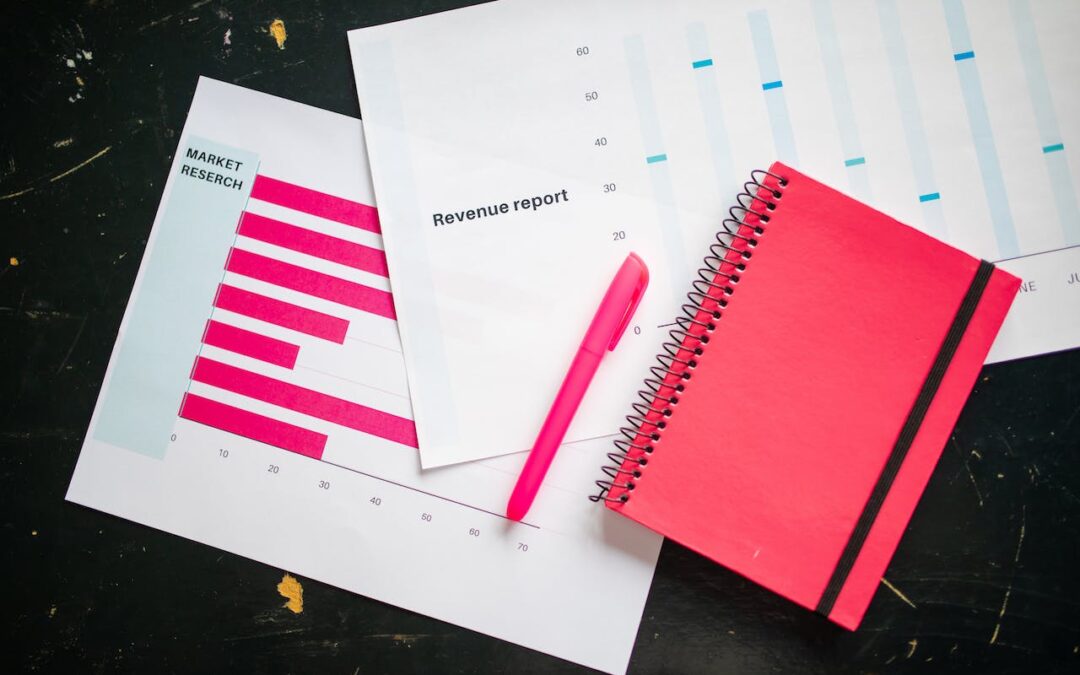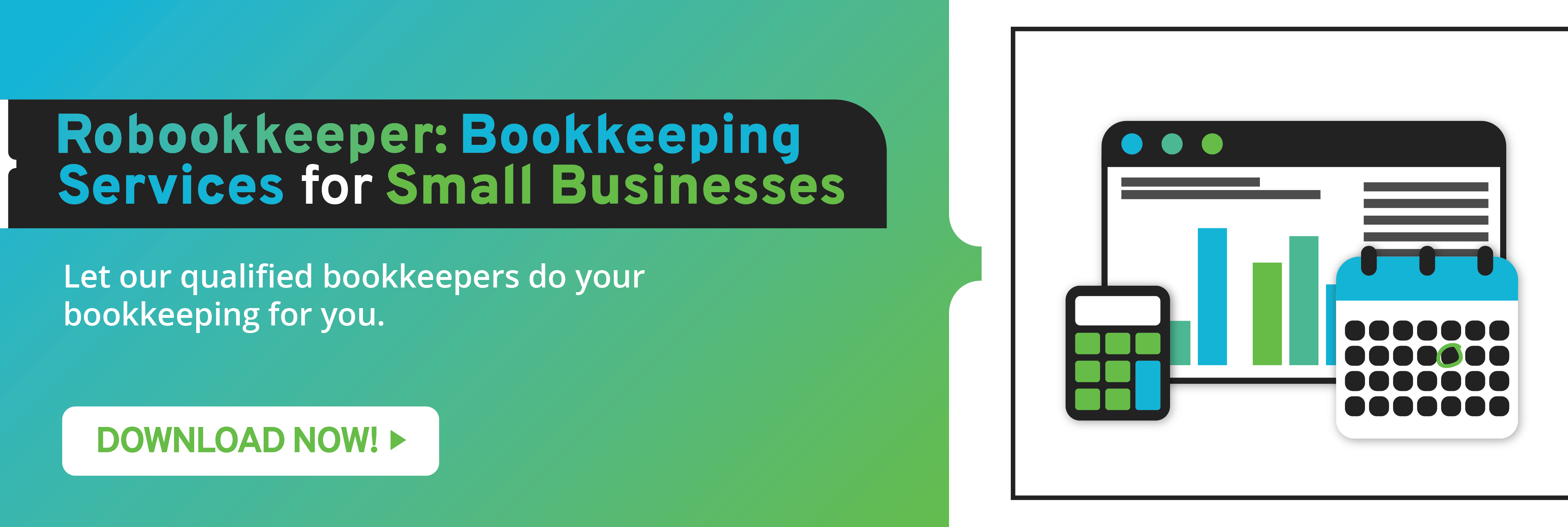Strategic revenue management is a technique that allows businesses to maximize the money they generate from:
- Products
- Leverage opportunities
- Deals and promotions
This data-driven strategy offers you insights that improve products or develop new ones, target audience, and the ideal situations to change prices. This practice is often implemented in industries like hotels, rental cars or accommodation, and airlines. Your company can maximize this strategy even if your business is in another niche.
Here are strategic revenue management best practices you can carry out.
Collect Data
You’ll improve your team’s capability to manage revenue when you gather enough data. Your information collection efforts should try focusing on:
- Collect details on the items you offer and the strategies you can implement to move them quickly at a low cost.
- Understand current and potential customers. Learning more about them allows you to implement campaigns that resonate with them. You’ll also be able to develop products that meet either their wants or needs.
- Create micro-markets based on day, week, month, and season. Doing so enables you to determine trends and shopping patterns of your customers.
- Study your closest competitors and possible substitutes for items you sell. This enables you to learn more about the alternatives your customers can choose from.
- Scrutinize the historical data of your company. This allows you to determine previous errors and gain insights from them. You’ll also be able to identify strategies that worked and learn more about the purchasing behavior of customers.
Make Market Segments
After analyzing the data of your target audience, make market segments for each of them. Some of the categories you can create are the days and the seasons that produce the most profit for your brand. Allocate these to markets that have customized sales and marketing campaigns that drive higher sales volume. This strategy maximizes your budget and improves conversion rates. The information you gathered also allows you to determine promotions that work. Use these promos regularly because they already generate repeat consumers. Market segmentation allows you to manage your budget effectively and reach a targeted customer base.
Make a Forecast for Demand
Use historical data and market segmentation to make a forecast. The latter allows you to project the revenue you can generate from each of your customer groups. Use historical data to identify trends in your sales numbers. Once you have a baseline value, it’s easier to create a target figure for the next sales cycle. Reconfigure your forecast based on real-time data and insights you acquire.
Carry Out Your Plan
Implement a data-driven strategic revenue management. This approach allows you to get objective options when you plan your campaigns. This enables you to identify alternatives that can generate the most profit. Consider your branding when choosing a course of action. Lowering your prices to attract customers might not be a viable option if you plan to charge a premium price.
Re-evaluate Regularly
A campaign that worked now won’t necessarily work in the future. You might also need new data because of shifting trends in consumer behavior. It’s important to re-evaluate your strategies regularly. Assess your data and determine which categories are still vital to your plans. Make appropriate adjustments on your strategic revenue management plan based on the needs and wants of your target audience.
If you need to update your accounting books, Robookkeeper can provide you with the services you need. Direct your efforts to boost revenue while we make sure your books have no errors in them. We offer bookkeeping services for small business owners.

